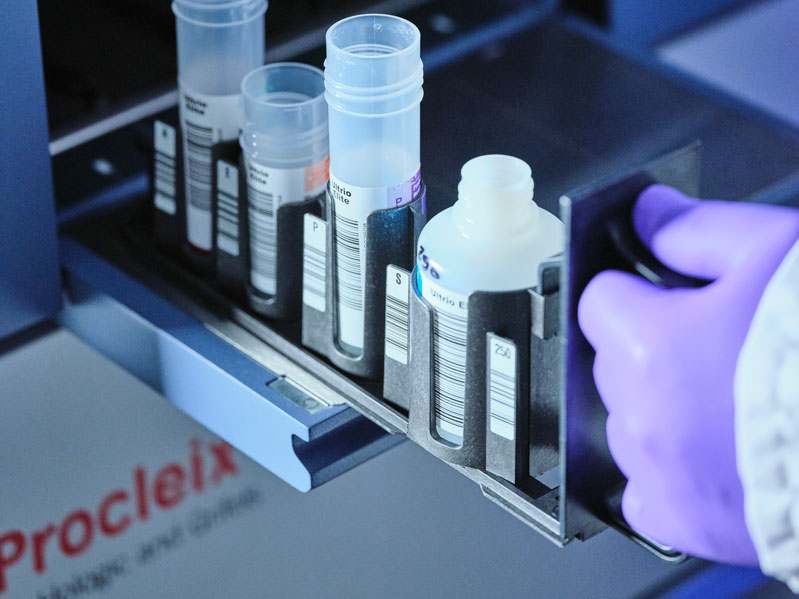Donor Testing
We are your partner in meeting the growing demand for safer blood. Our scalable solutions have been meticulously designed to optimize your operational efficiency and throughput.


Efficiency and Excellence in Every Test
Our focus on efficiency is evident through industry-leading systems that not only streamline operations but also alleviate staff stress and burnout. We understand the challenges you face with workarounds and unproductive tasks that increase turnaround times. By requiring less storage space, fewer consumables, and fewer instruments, our solutions allow you to concentrate on what truly matters—Increasing the safety and availability of blood for your patients.
Stay informed with Grifols
Stay up to date on our latest news, read our blog posts and learn about us through our case studies.